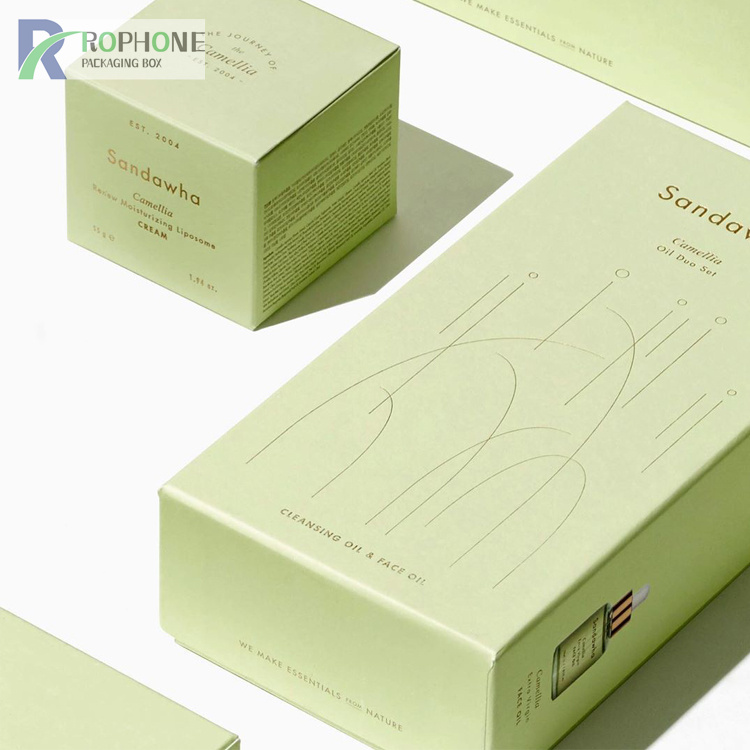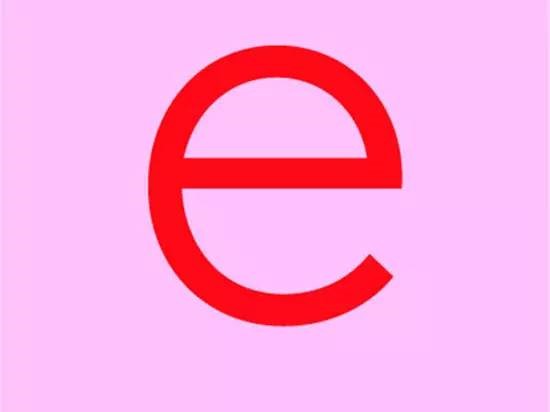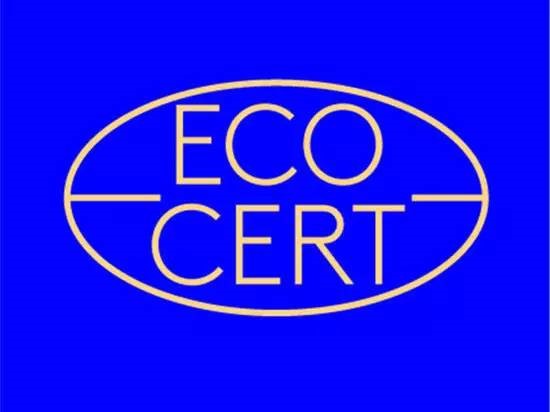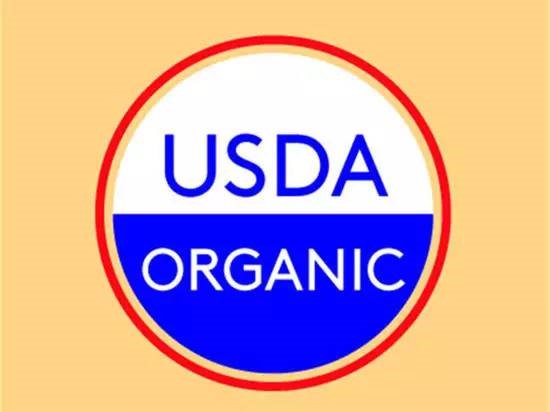- Jeffchen2121@gmail.com
- +86-18688742252
- Language
8 pictures to teach you to identify patterns on cosmetic gift packaging
Mon Jun 20 11:21:45 CST 2022
1. To understand the meaning of various icons of cosmetic gift packaging:
I believe that many people have this feeling. In the cosmetic gift packaging bought, in addition to the more common and easy-to-understand triangular loop pattern, the rest are similar to small boxes marked with numbers, various arrow loop signs, book logos, rabbit patterns, whales Patterns, etc., most people do not know the specific meaning of these patterns on cosmetic gift packaging. However, cosmetics are not only good to use, but also comfortable to use! It is especially important to understand the meaning of these icons of cosmetic gift packaging!

2. Small box marked with numbers on cosmetic gift packaging:
This logo is the most common on cosmetic gift packaging, except for sheet masks, almost every cosmetic gift packaging has it. The numbers above indicate how long the cosmetic should be used after opening. If it exceeds this time, it is best not to use it.
For example: 12M means 12 months.

3. Animal logo on cosmetic gift packaging:
Many cosmetic gift packaging will have a rabbit or whale logo on it. These icons often represent that no animals were killed in the cosmetic research and development process (no animal experiments or testing). In fact, the "leaping bunny" (leaping bunny) shown in the picture above is the symbol of no animal experimentation under international standards. The icon is managed and implemented by The Coalition for Consumer Information on Cosmetics (CCIC) and has a dedicated website.

4. Recyclable pattern on cosmetic gift packaging:
This logo is common on cosmetic gift packaging, and it means the packaging is green and recyclable. But we often don't know what the difference is between this circular pattern called "The Green Dot" and another common triangle with numbers.
In fact, the "Green Dot Logo" is the world's first environmental logo for green packaging, which was introduced in 1975. The two-color arrow with the green dot indicates that the product or cosmetic gift packaging is green and can be recycled, which meets the requirements of ecological balance and environmental protection.
The triangular circular logo is formulated by the relevant agencies of the plastics industry in the United States. In other words, only the plastic cosmetic gift packaging will have this logo. However, it does not rule out the possibility that the two logos may appear on the same product packaging at the same time. Among them, the triangular logo is often accompanied by numbers, and the numbers 1-7 represent different types of plastics: people can simply join the ranks of recycling without having to bother to learn the similarities and differences of various plastic materials.

5. There is a v love on the cosmetic gift packaging
The center on cosmetic gift packaging has a V heart symbol, indicating that in addition to no animal testing, the product does not contain animal ingredients or by-products. For example, if the product formula contains ingredients such as beeswax, the logo cannot be used. For vegetarians, there is absolutely no room for abuse of this standard.

6. Book-like logo on cosmetic gift packaging
The logo on cosmetic gift packaging is easier to understand. Pointing at an open book with a finger means that the space of the product itself is too narrow. For detailed information, you can find it from the instruction manual attached to the cosmetic gift packaging.

7. The small e logo on cosmetic gift packaging
The lowercase e logo is also common on cosmetic gift packaging, which often appears after the milliliter number to indicate the net content.

8. ECOCERT logo on cosmetic gift packaging
On cosmetic gift packaging, ECOCERT refers to organic product certification, which means that the product formula does not contain genetically modified substances, synthetic fragrances, animal ingredients, SiS, ethylene glycol, etc.
Specifically, there are two types: one is organic cosmetics, which stipulates that more than 90% of the plants in the formula are organic plants, and more than 10% must come from organic certified farms; the other is natural cosmetics, more than 50% of which are organic plants , more than 5% from certified organic farms.

9. USDA Organic logo on cosmetic gift packaging
The logo on cosmetic gift packaging comes from the United States. Since 2002, the US label USDA Organic has replaced dozens of local organic labels. It means that there is no genetic engineering in the product manufacturing process, no ionizing radiation and no synthetics in the production and processing of agricultural products. Only 100% organic products are allowed to carry the USDA Organic logo, one of the most stringent certification standards out there.
















































